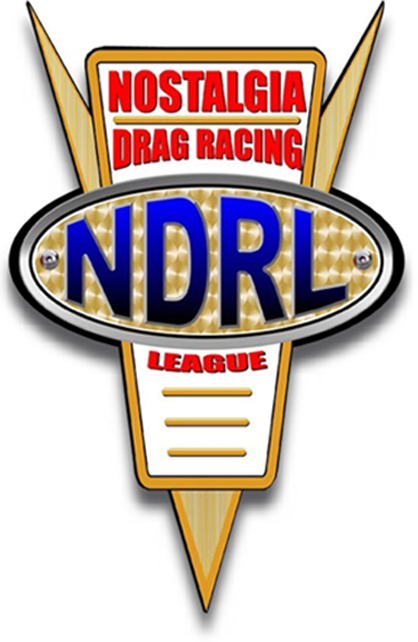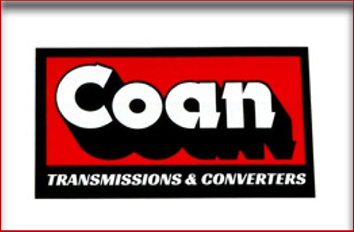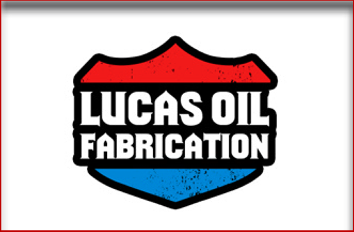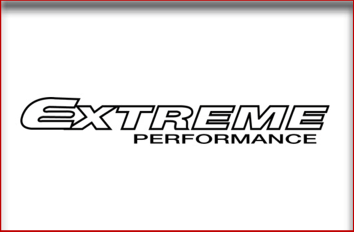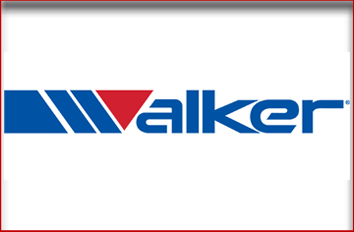NDRL Frequently Asked Questions
Quick answers pulled from the official NDRL Rulebook (Rev. Aug 4, 2025). Always verify with event officials at the track.
Membership
Do I have to be a member to race?
Membership isn’t required to race—but it is required to earn championship points. You must become a member before your first round of qualifying; no retroactive points.
Ref: Membership & points timing. :contentReference[oaicite:2]{index=2}
What membership options are there?
Two types: Driver ($125) which earns championship points and includes swag/banquet entry, and Associate ($60) for non-drivers. A second NDRL class points add-on is a $50 fee.
Ref: Membership types & second-class points. :contentReference[oaicite:3]{index=3}
Can one car have multiple drivers?
No. A single vehicle cannot be entered by multiple drivers. A driver may run two classes by using two different vehicles, or run one NDRL class and one track/sanction class with the same vehicle (with separate tech cards).
Ref: Entry limits & examples. :contentReference[oaicite:4]{index=4}
Classes & Eligibility
What cars fit NDRL classes?
Classes are intended for vehicles representative of the nostalgia era. Newest production bodies are generally 1979 (NSS exception to 1972). Rear-engine dragsters are not allowed. NDRL may deny admittance if a vehicle doesn’t fit.
Ref: Class intent & newest allowed years. :contentReference[oaicite:5]{index=5}
Which tree is used?
All classes use a .400 pro tree except NSS and Nostalgia Gasser, which use a sportsman tree.
Ref: Tree types by class. :contentReference[oaicite:6]{index=6}
Is EFI or nitrous allowed?
Electronic fuel injection and nitrous oxide systems are not allowed. Approved power adders are superchargers and turbos with mechanical injection or carburetion.
Ref: EFI & power adder rules. :contentReference[oaicite:7]{index=7}
Safety Requirements
Do I need a lower engine containment device?
Yes—all vehicles in all classes must have an approved diaper or pan.
Ref: Lower engine containment device. :contentReference[oaicite:8]{index=8}
When is a head & neck restraint mandatory?
SFI 38.1 head & neck restraint is mandatory at 150+ mph or 7.49 E.T. or quicker. When no neck collar is used, an SFI 3.3 head sock or skirted helmet is required.
Ref: HANS/38.1 applicability. :contentReference[oaicite:9]{index=9}
Do I need specific licenses or chassis certification?
NHRA/IHRA rules apply. A state driver’s license is mandatory for 10.00 or slower; competition license mandatory for 9.99 or quicker. Chassis sticker is required at 9.99 (1/4) / 6.39 (1/8) or 135+ mph at NHRA member tracks.
Ref: Credentials & chassis requirements. :contentReference[oaicite:10]{index=10}
At-Track Procedures
How are staging lanes handled?
Report promptly when your class is called. Do not arrive before your call. If you miss your class once they’ve finished running, your run is forfeited.
Ref: Staging lanes timing. :contentReference[oaicite:11]{index=11}
Is deep staging allowed?
Deep staging is allowed with “DEEP” marked on the windshield and both sides of the car—except in NSS and Nostalgia Gasser, where deep staging is not allowed. The starter has final control of the tree.
Ref: Deep staging by class. :contentReference[oaicite:12]{index=12}
What happens during rainouts?
If eliminations haven’t begun, trophy goes to #1 qualifier; if begun, purse is split among remaining drivers and trophies follow closest-to-index (with reaction time tie-breaker). Track refund policies may apply.
Ref: Rainout scenarios. :contentReference[oaicite:13]{index=13}
Competition Format
Who gets a bye run?
#1 qualifier gets the first-round bye; later rounds follow the ladder and specific class notes (e.g., Pro-Gas bye persists until used or the #1 is eliminated).
Ref: Bye runs & class-specific notes. :contentReference[oaicite:14]{index=14}
How is lane choice determined?
The better qualified vehicle has lane choice (with class-specific details). Mark your final qualifying position on the windshield and circle it for lane choice determination where required.
Ref: Lane choice & windshield notation. :contentReference[oaicite:15]{index=15}
What breaks a points tie at season end?
Tie-breakers (in order): highest points, race wins, round wins, qualifying average, and best average reaction time in rounds won.
Ref: Championship tie-breakers. :contentReference[oaicite:16]{index=16}
Code of Conduct & Legal
What behavior is expected at events and online?
Professionalism and good sportsmanship—no excessive substance use, threats, agitation, or negative/disruptive public/social posts. Penalties may include loss of membership, points, and event exclusion.
Ref: Code of Conduct overview. :contentReference[oaicite:17]{index=17}
Is there a covenant not to sue?
Yes. Participation is a privilege and includes agreement to NDRL rules/decisions and a covenant not to sue; violations can result in suspension/exclusion and responsibility for NDRL legal fees.
Ref: Participant Covenants & Waivers. :contentReference[oaicite:18]{index=18}
Who has final say at the track?
The event/track starter controls the tree and has final calls on staging and procedures; the Race Director can move the show forward if delays occur.
Ref: Starter/Race Director authority. :contentReference[oaicite:19]{index=19}
